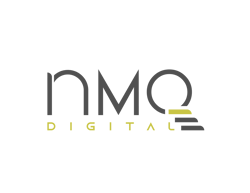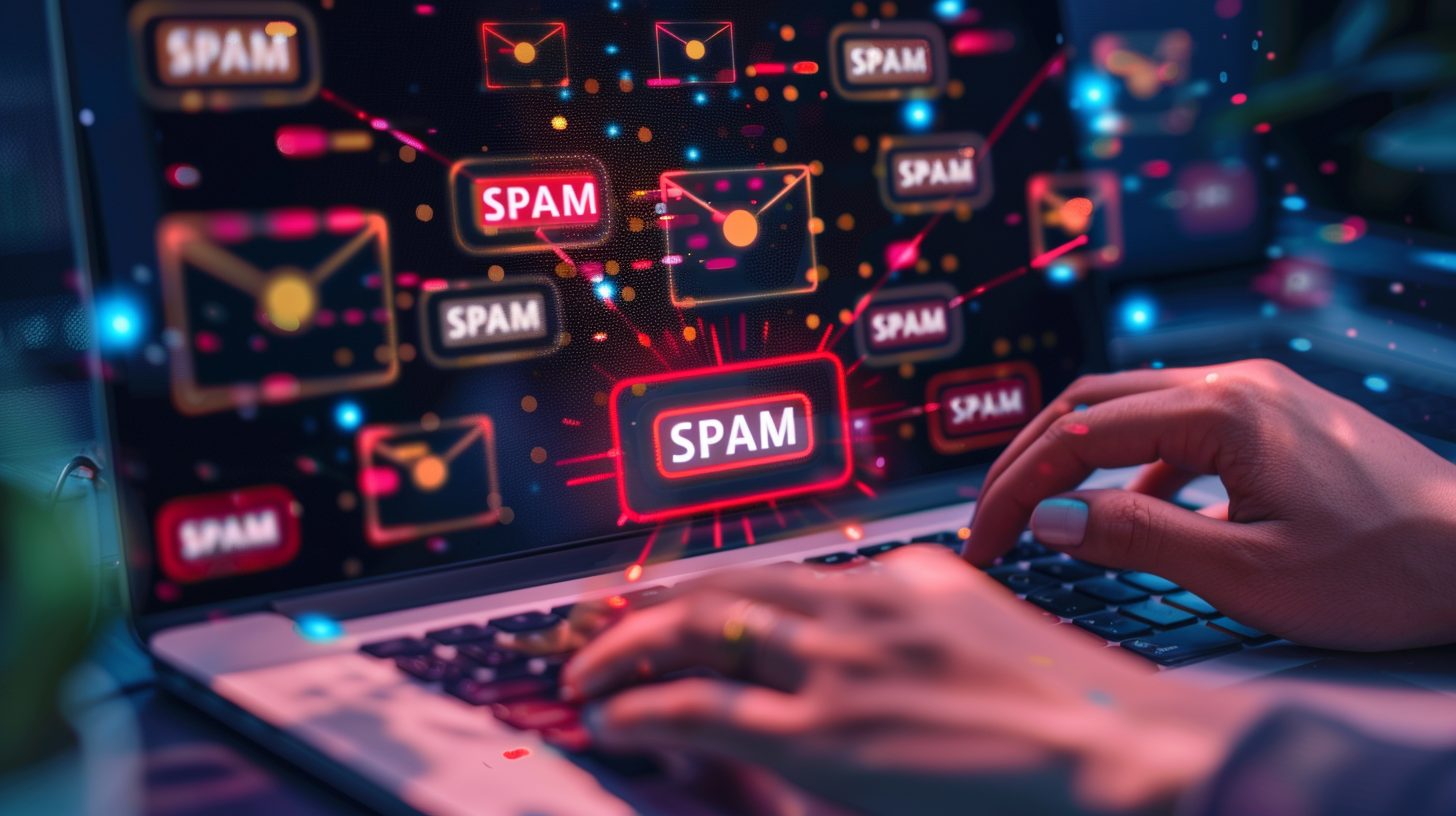In today's fast-paced business world, standing out from the status quo is essential for growth.
One powerful strategy that can give your business a competitive advantage is email marketing automation. By leveraging this technology, you can streamline your communication efforts, nurture leads, and drive conversions—all while saving time and effort.
Here’s how you can benefit from email marketing automation to grow your business.
In this blog we will cover;
- Understanding Email Marketing Automation
- Benefits of Email Marketing Automation
- Steps to Email Marketing Automation
- Conclusion
Understanding Email Marketing Automation
Email marketing automation is a powerful strategy that leverages software such as Mailchimp, HubSpot, Marketo, and others to send personalized, timely, and relevant emails to audiences, enhancing engagement, and driving conversions without needing constant manual effort.
By using automation, businesses can segment their subscribers based on behavior, preferences, and previous interactions, ensuring that the right messages reach the right people at the right time. This not only increases the efficiency of email campaigns but also significantly boosts their effectiveness, turning potential leads into loyal customers and fostering long-term relationships.
Whether it's welcoming new subscribers, nurturing leads with tailored content, or re-engaging dormant customers, email marketing automation creates a more personalized and satisfying experience for recipients, ultimately contributing to a brand's success in the digital age.
Benefits of Email Marketing Automation
Increased Efficiency
Automation saves time by handling repetitive tasks, such as sending welcome emails, follow-ups, and targeted campaigns, allowing marketers to focus on strategy and content creation.
Let us say you are an online boutique that sells handcrafted jewelry and want to improve your customer engagement and retention while also freeing up time to design new products and strategize marketing efforts.Implementing email marketing automation can transform your operations. While previously manual tasks like sending welcome emails, follow-ups, and segmenting lists for campaigns consumed hours each week, with automation, personalized welcome emails can be instantly sent to new subscribers, follow-up messages can be automatically dispatched to inactive customers, and targeted campaigns can be efficiently executed for product launches.
This shift not only saves the marketing team significant time, allowing them to focus on design and strategic planning but also increases customer engagement and sales without additional manual effort.
Personalization
By using data and insights about subscribers, automated emails can be highly personalized, addressing recipients by name, acknowledging their preferences, and delivering content that matches their interests and behaviors.
For example, let us say an e-commerce store wants to revolutionize its engagement with its audience. By implementing email marketing automation and as a result, by integrating customer data—preferences, purchase history, and interaction patterns—the store can craft emails that speak directly to individual customers. From personalized product recommendations to birthday discounts, each communication feels tailor-made, significantly boosting open rates and customer loyalty.
This strategy not only deepens the relationship between the store and its customers by making them feel valued and understood but also drives higher conversion rates, as emails are now aligned more closely with each recipient's interests and needs.
Segmentation
Automation tools allow for the segmentation of email lists based on various criteria like demographics, engagement levels, and purchase history. This ensures more targeted and relevant communication, improving the effectiveness of campaigns.
It enables you to send highly relevant emails, whether announcing new product lines to interested customers, offering special deals to high-value clients, or re-engaging those who haven't shopped in a while.
As a result, you see a marked improvement in open and click-through rates, as messages resonate more deeply with each segment. It not only enhances the customer experience but also significantly increases the effectiveness of marketing campaigns, driving up sales and customer satisfaction.
Scalability
As your subscriber list grows, automation makes it easy to maintain a high level of engagement with your audience without additional workload, effectively scaling your marketing efforts.
For example, the adoption of email marketing automation can enable a growing online retailer to efficiently scale its outreach efforts. As the customer base expands, the retailer continues to deliver personalized and timely emails without needing to proportionally increase the marketing team's workload. Automation handles the growing volume of communications, from welcome sequences to promotional blasts, adapting to each wave of new subscribers seamlessly.
This scalability ensures that marketing efforts remain consistent and effective, even as the retailer's market presence surges. The result is sustained engagement and conversion rates, demonstrating that the retailer could grow its audience without compromising the quality or personalization of its customer interactions.
Consistent Engagement
Automated emails can be scheduled for optimal times, ensuring consistent engagement with your audience. This includes trigger-based emails sent in response to specific actions, keeping the conversation going.
For example, by integrating email marketing automation, a subscription-based service can maintain consistent engagement with its subscribers, crucial for retaining their interest and loyalty.
Automated emails, scheduled at optimal intervals and triggered by specific subscriber actions, can ensure that communication is regular but not overwhelming. Subscribers receive timely updates, educational content, and exclusive offers, keeping the service top of mind without manual intervention from the team.
This consistency in engagement nurtures a stronger relationship with subscribers, leading to higher retention rates and a more vibrant community around the service, demonstrating the power of automation in sustaining meaningful connections with an audience over time.
Better Conversion Rates
With more relevant, personalized, and timely emails, recipients are more likely to take the desired action, be it making a purchase, signing up for a webinar, or following a call to action, leading to improved conversion rates.
For example, by leveraging email marketing automation, a tech company specializing in software solutions can experience a significant boost in its conversion rates.
Through the strategic use of automated workflows, the company can deliver targeted messages at key moments in the customer journey, such as follow-up emails after a free trial signup or personalized offers based on user behavior. This precision in timing and relevance resonates with recipients, leading to a marked increase in conversions from interested leads to paying customers.
The automation's ability to send the right message at the right time not only improves the efficiency of the sales funnel but also demonstrates how tailored communication can directly impact a company's bottom line.
Analytics and Optimization
Email marketing automation platforms provide detailed analytics on the performance of your campaigns, including open rates, click-through rates, and conversions. This data is invaluable for optimizing future emails and refining your marketing strategy.
For example, by incorporating analytics and optimization into their email marketing automation efforts, a digital marketing agency can dramatically enhance the performance of their campaigns.
By closely monitoring metrics such as open rates, click-through rates, and conversion data, the agency can gain insights into what content resonates most with its audience. This data-driven approach allows for ongoing improvement of email content, timing, and segmentation strategies, leading to progressively more effective campaigns.
The ability to quickly iterate and optimize based on analytics not only maximizes the ROI of their email marketing efforts but also provides a deeper understanding of their audience's preferences, driving more personalized and successful future campaigns.
Cost-Effectiveness
By automating routine tasks and focusing on targeted and effective communication, businesses can see a higher return on investment compared to traditional marketing methods, making email automation a cost-effective solution.
For example, by adopting email marketing automation, a small e-commerce startup can discover a cost-effective way to enhance its marketing efforts.
With a limited budget, the startup utilizes automation to send out targeted campaigns, follow-up emails, and promotional messages without the need for a large marketing team. This approach significantly reduces labor costs while increasing the reach and impact of their marketing efforts.
The automation tools also allow for precise tracking and analysis of campaign performance, enabling the startup to allocate its resources more efficiently toward high-performing strategies.
The cost savings and improved campaign effectiveness directly contribute to a higher return on investment, demonstrating the cost-effectiveness of email marketing automation for businesses operating with tight budgets.
Customer Retention
Automated email campaigns can help in nurturing leads and maintaining a strong relationship with existing customers by sending regular updates, exclusive offers, and personalized content, thereby enhancing customer retention.
For example, by implementing email marketing automation focused on customer retention, a lifestyle brand can significantly increase its repeat customer rate.
The brand sets up automated email sequences that nurture customer relationships beyond the initial purchase. These emails include personalized product recommendations, loyalty program benefits, and exclusive access to new collections, making customers feel valued and connected to the brand. Automated satisfaction surveys and feedback requests further engage customers, giving them a voice and showing the brand's commitment to continuous improvement.
This strategic use of automation to maintain and deepen customer relationships leads to increased customer loyalty, with more customers returning to make subsequent purchases, thereby showcasing the vital role of automation in effective customer retention strategies.
Recovery of Lost Sales
Automation can be used to send cart abandonment emails, reminding customers of items they left behind and potentially recovering lost sales with incentives or helpful information.
For example, through the strategic use of email marketing automation for cart abandonment campaigns, an online bookstore can significantly recover lost sales.In summary, email marketing automation not only streamlines the process of engaging with your audience but also enhances the effectiveness of your communication, leading to better customer relationships and improved business outcomes.
7 Steps to Email Marketing Automation
In this guide, we will break down the process of email marketing automation into seven easy-to-follow steps. Whether you're a beginner or looking to refine your strategy, these steps will assist you in making your email campaigns more efficient, leading to improved outcomes.
Step 1: Define Your Goals
Before diving into email automation, take some time to define your objectives. Whether it's increasing sales, driving website traffic, or building customer loyalty, having clear goals will guide your strategy and ensure that your efforts are focused and effective.
While defining your goals, make sure that your goals are always aligned with your Business objectives and are SMART (Specific, Measurable, Achievable, Relevant, and Time-bound).
Step 2: Know Your Audience
Understanding your audience is key to creating compelling email campaigns. Take the time to segment your email list based on factors like demographics, past purchases, and engagement history. This will allow you to send targeted messages that resonate with different segments of your audience.
For instance, creating emails to promote hair tools for women and shaving tools for men is a good example. By tailoring the email content to each segment's preferences and behaviors, you can craft messages that resonate with them, increasing the likelihood of engagement and conversion.
Step 3: Create Engaging Content
Once you understand your audience, it's time to generate content that captures their interest. Whether it's informative newsletters, exclusive offers, or helpful tips, make sure your emails provide value to your subscribers and keep them coming back for more.
For example, in the monthly newsletters for an air frier product, it makes sense to add a recipe and helpful tips for cooking. These newsletters not only provide valuable information but also inspire the buyers of this product to get creative in the kitchen.
Step 4: Set Up Automation Workflows
Now it's time to automate your email marketing efforts. Set up automation workflows to send targeted messages based on specific triggers and actions.
For example, you can send a welcome email to new subscribers, follow up with abandoned cart reminders, or re-engage inactive subscribers—all automatically.
What matters here is that you create the triggers based on your objectives and then map out the journey in your workflow. Again, do not forget to add engaging content across different platforms and maybe add discounts or promotional codes for welcome emails or re-engagement emails to keep people engaged and active.
Step 5: Test and Optimize
Continuously test and optimize your email campaigns for better results. Try out various subject lines, email layouts, and sending schedules to discover what connects most effectively with your audience. Use data and analytics to track your performance and make data-driven decisions.
Step 6: Stay Compliant
Ensure that you're following best practices and staying compliant with email regulations like GDPR and CAN-SPAM. Always obtain consent before sending marketing emails, provide clear opt-in and opt-out options, and respect your subscribers' preferences and privacy.
Step 7: Integrate with Other Tools
Email marketing automation works best when integrated with other marketing tools and platforms. Connect your email platform with your CRM software to track customer interactions and personalize your messages even more. Align your email campaigns with social media, content marketing, and other channels for a cohesive and impactful marketing strategy.
For instance, utilizing a marketing automation tool for email marketing and a social media platform to capture leads may require manual data migration if these tools are not integrated. Therefore, integrating them saves valuable time and effort for both you and your organization.
Conclusion
In conclusion, email marketing automation can make a big difference for your business. It saves time, helps you nurture leads, and boosts growth.
By setting goals, understanding your audience, and creating engaging content, you can run email campaigns that connect with your subscribers and get results. With the right strategy and tools, email marketing automation can take your business to the next level.
Should you need help with your email marketing efforts, NMQ Digital provides extensive assistance with CRM and Email Marketing services. Our services cover everything from creating, managing, and automating your email marketing campaigns.
Lastly, if you would like to learn more about email marketing in general, you can check out the blog Fundamentals of Email Marketing.





